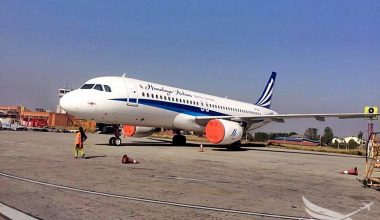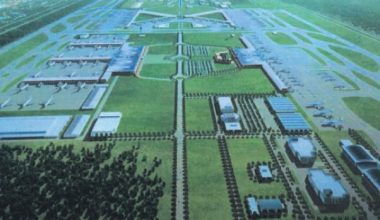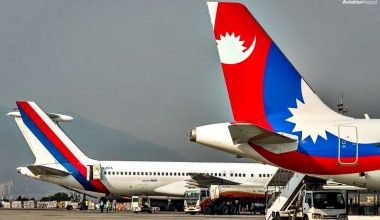The four governmental bodies have proposed three modalities for construction of Nijgadh International Airport – the second international airport of the country which has create uncertainty in the construction project.
As per the information, Tourism Ministry assumed that they received different suggestion concerning the modality construction which can cause delay in the progression if a concrete decision is not taken in time.
According to the National Planning Commission (NPC), it would be good if the airport is built under the engineering, procurement and construction (EPC) modality with government investment and planning to operate the airport under a Public-Private Partnership (PPP) model including foreign or Nepali investors’ boards after the construction project is done.
The Finance Ministry has suggested the tourism Ministry to approve the engineering, procurement, construction and finance (EPCF) modality by involving government investment to build the new international airport. Moreover, Finance Ministry also requested to keep PPP model as the second option if the first one does not work.
Under the EPC model ,a distinct contractor is responsible for engineering, construction work, procurement and design whereas under the EPCF model, the contracting firm makes all the arrangement of funding to build the projects and all the components.
Similarly, a high-level panel comprising joint secretaries of the NPC and the Finance and Tourism ministries and the deputy director general of the Civil Aviation Authority of Nepal (CAAN) has urged the government to construct the airport under the Build Own Operate and Transfer (Boot) model.
Buddhi Sagar Lamichhane , Joint Secretary at Tourism Ministry reported, “We still don’t have a concrete decision under which model the project should be developed.”
“We will discuss the issue with the new government and proceed accordingly,” he added.
According to the Landmark Worldwide Company, Korean company’s feasibility study, the airport will be able to handle 15 million passengers annually and able to accommodate the Airbus A380 super jumbo after the first phase of construction.






